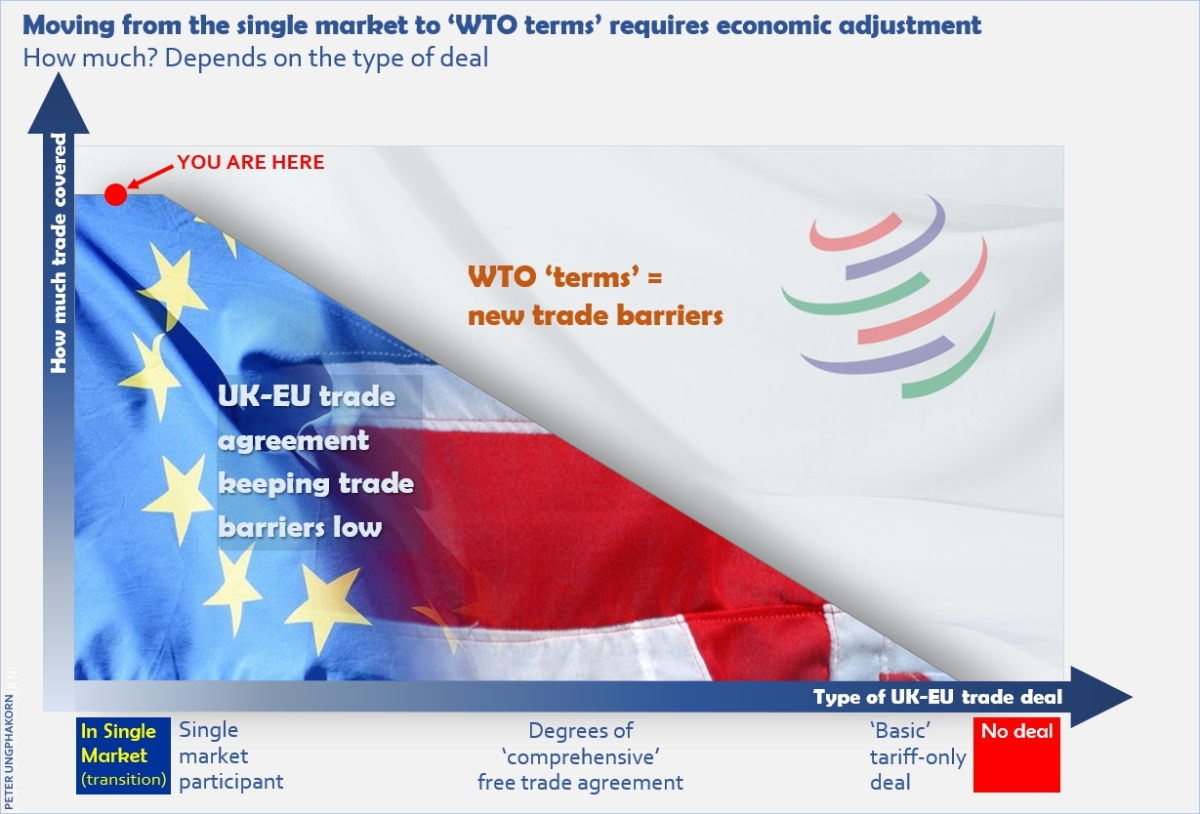By Peter Ungphakorn
POSTED NOVEMBER 21, 2022 | UPDATED DECEMBER 5, 2022
Maybe it was because someone thought it would be a good idea to stick a label on where UK-EU relations might be heading now that the atmosphere between the two is widely reported to have improved. Or perhaps it was just because people were bored while waiting for the football World Cup to start.
Whatever the reason, “Swiss-style ties with Brussels” suddenly became big news over the weekend after the Sunday Times reported (November 20, 2022, paywalled, but some more detail here) that the British government is considering exactly that.
Reactions ranged from “Doubt it. EU hates its relationship with Switzerland & Switzerland hates its relationship with EU” (Mujtaba Rahman, here), to “when someone says ‘Swiss-style’ relationship, rather than hearing ‘a slightly better relationship [than] now’ everyone is like ‘LET ME GET MY NOTES’” (Sam Lowe, here).
The problem here is that “Swiss-style” is being used as shorthand. It’s a label, but one that’s misleading and not really explained. Both of the reactions above are valid, at least to some extent, but they are talking about different things.
Continue reading “Why it’s a mistake to talk about a ‘Swiss-style’ post-Brexit UK-EU deal”










